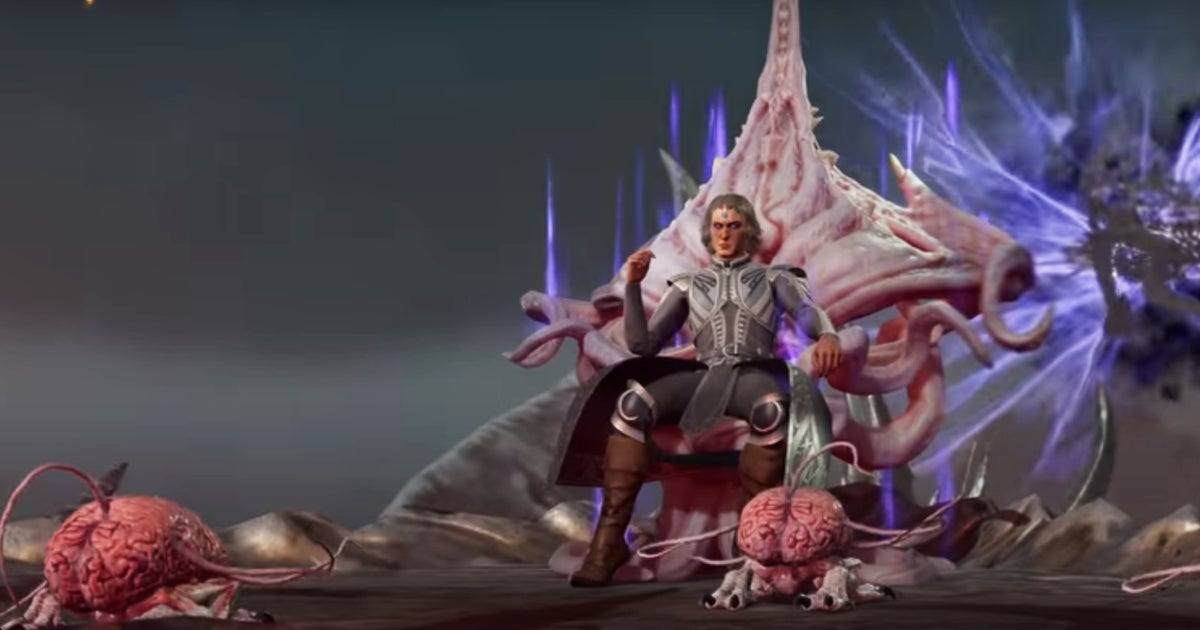No pressure, guys, but Crusader Kings III might be Paradox’s most important game of all time. The second game in the series was a breakout, mainstream success for the normally hardcore PC strategy label, drawing in millions of people to the joys of running a medieval kingdom, seducing princes and murdering a lot of people.

This makes updating the game a tricky proposition. It has to maintain Paradox’s number-crunching, strategically bottomless heritage, but also accommodate the fact that people like me have spent eight years recommending Crusader Kings II to people, only for most of them to tell us it sounds cool, but was just too complicated and obtuse to get into.
Compounding this challenge is the fact Crusader Kings II has been continually expanded and improved over those eight years, to the point where the original 2012 version of the game seems paltry by 2020 standards. Long-time fans aren’t going to want to go back to ground zero with this sequel.
In short, I do not envy Paradox one bit with this balancing act they have to pull off.
Whether they’ve managed the task is something we won’t know until we’ve had a chance to play the finished game, but last week I did get to play an early build of Crusader Kings III
What I found is a game that, to a long-time Crusader Kings II player, feels exactly like the balancing act I just mentioned, straining at the seams to try and bring two very different audiences and sets of expectation together in the same game.
There’s a lot to talk about, but given the incomplete nature of the game, and the tendency of previews to set unrealistic expectations for a finished product, I won’t get into them here. We can cover the nitty gritty when I’ve had more than a few hurried days to truly get to grips with everything that’s changed.
What I do want to talk about here is the game’s visuals and interface, which I think are the most important changes we’ll see in this game, and which even in this raw and unfinished state are already knocking it out of the park.

As you might have guessed from the headline, this is a kinder, gentler Crusader Kings experience. Not in terms of difficulty or complexity, as the heart of this game is still very much its numbers, but in how those numbers are tied together and presented to the player in a way that generates a sense of character, and place. And doesn’t overwhelm them, either.
Paradox went to great pains to tell me that the user interface I was seeing here was incomplete, which is fine, but if you’re a series veteran you’ll agree that even what you’re seeing here is a vast improvement on what’s come before, and is exactly the kind of presentation overhaul that may finally let me recommend the series and have somebody say “OK wow, this is very cool” and not “you can absolutely fuck right off if you think I’m going to watch nine hours of YouTube videos just to learn how to use a menu”.
Everything is just smoother, smarter, more intuitive. You’re no longer bombarded with all the information the game thinks you need at all time, just the really important stuff, and you can check out the rest of it later, no rush, it’s cool. Learning a very valuable lesson from Total War, there are pop-up tooltips everywhere, letting us learn more about everything from character traits to historical explanations.
Playing Crusader Kings III feels like Crusader Kings II
Helping the menus out are brand new character visuals, which while still a bit rough in places, are already a vast improvement on the last game, and make an enormous impact on both how I felt about and played the game. Having unique, animated inhabitants added a bit of Civ’s character to discussions, but more importantly I found that it was a lot easier to remember and recognise important characters just by glancing at them, something I could never manage in Crusader Kings II.
In my brief, three-day stint as the Petty King of Wessex, later the King of a fledgling and united England, this all came together to make everything feel so much more personal and less abstract. Crusader Kings II had a tendency to make your management of a Kingdom akin to punching formulas into calculators with human masks stuck over the front of them, while here I was more of a ruler, someone interacting with people.

Like I’ve said, I don’t want to spend too much time here talking about other stuff since the code was so unfinished, and I’d rather break down everything when it’s done in a review, but since folks will probably be curious about some broad points and changes, here are a few things of note:
- Armies are now raised centrally in one spot, all at once, instead of being able to be raised piecemeal across your realm. There’s a slight loss of strategic depth here, but it makes the act of going to war so much faster and easier that I think it’s worth it. Especially since you can both “raise all armies” and “dismiss armies” from giant big buttons at the bottom of the screen instead of having to dig into menus.
- Likewise, you don’t raise navies anymore. You can just automatically embark and disembark forces, and are charged a few bucks each time. This is great, because as someone who usually plays in England, using navies constantly was a royal pain in the ass.
- Plots are now pretty different. Instead of just setting one in motion then hoping you accrue the numbers, the entire plot process from hatching to conclusion now works like Crusader Kings II’s actual, final plots did, asking you to make decisions and giving you loads of dialogue prompts. It makes plots feel a lot more nefarious and involved, and made me a lot more willing to enter into them.
I could go on, but really, just imagine every rough edge Crusader Kings II had, now imagine it being sanded smooth and you’ll be set. I’m obviously really looking forward to playing the full and final release of the game when it’s out in September, but I’m also looking forward to recommending it to people without them playing the game for 15 minutes and thinking I’m a lunatic.









